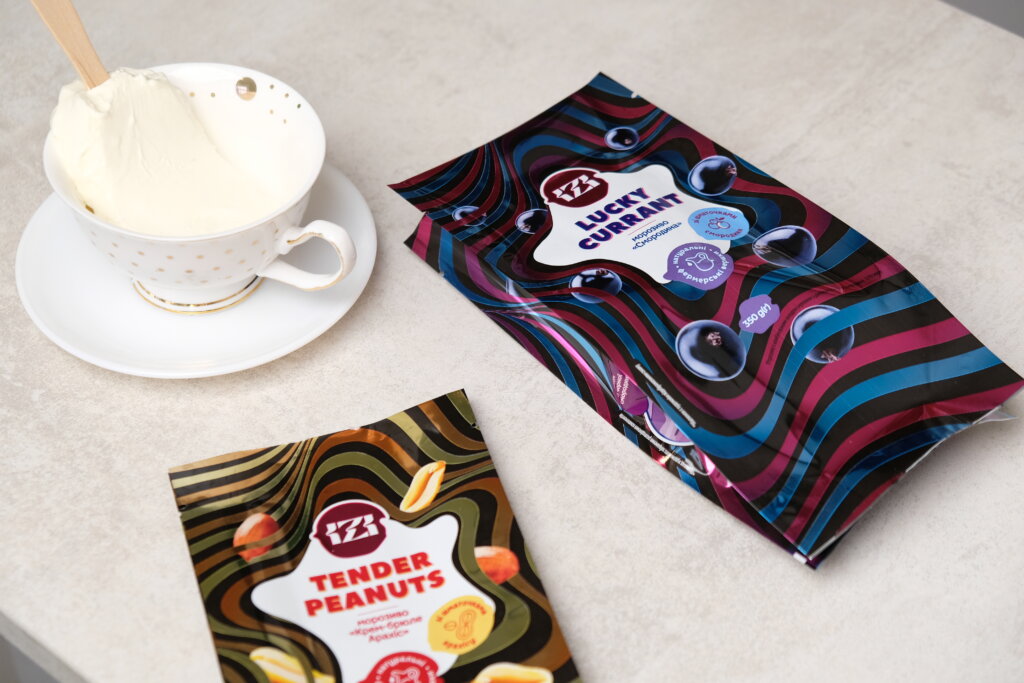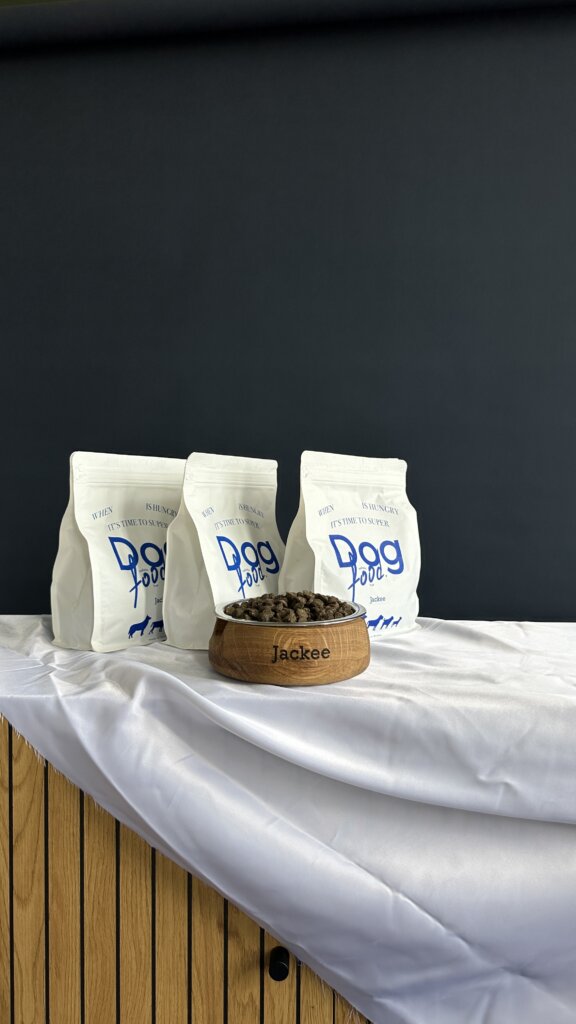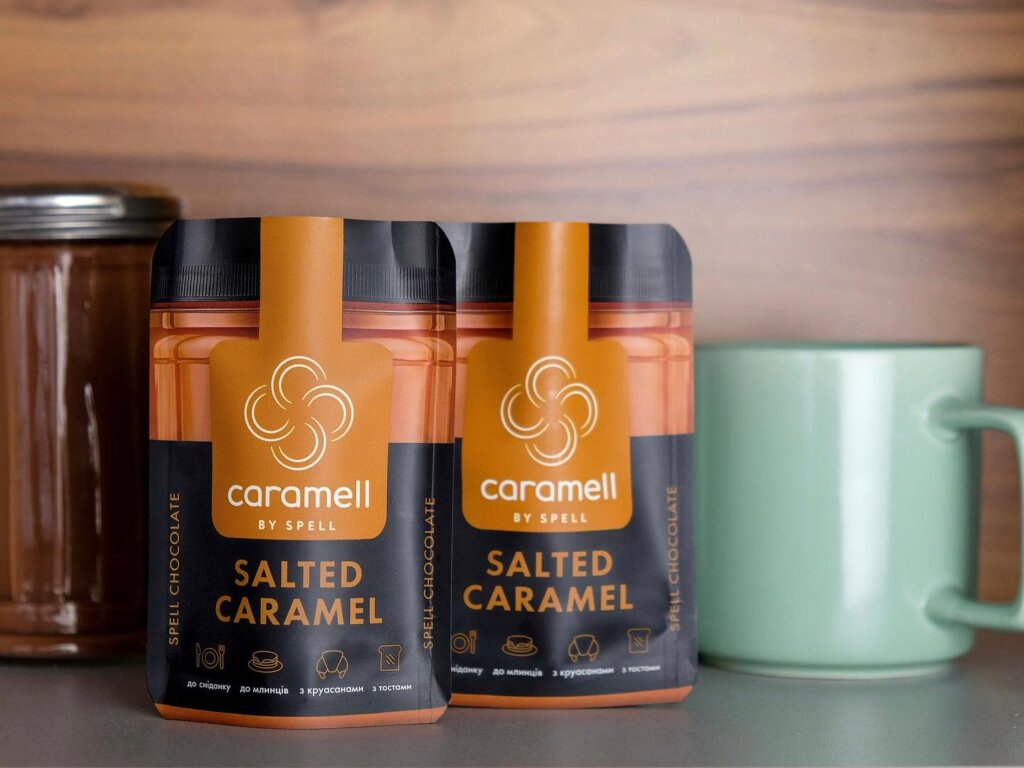Flexible packaging or rigid packaging?
When it comes to packaging, businesses often face an important decision: flexible or rigid packaging? Both options have different purposes and unique advantages depending on the type of product, target audience, and distribution channels. In this article, we’ll take a look at the key differences between rigid and flexible packaging, including their materials, applications, and benefits. We will also look at the trends that are shaping the future of packaging.
What is rigid packaging?
Rigid packaging refers to containers and materials that do not easily bend or change shape. These packages are typically solid, sturdy, and 44кmade to protect products from external forces. They are often used for fragile or high-end items that require extra security and stability during transportation and storage.
Rigid materials examples
Some common rigid materials examples include:
- Glass jars and bottles
- Aluminum cans
- Tin containers
- Cardboard boxes
- Rigid plastic packaging (bottles, clamshell containers, plastic tubs)
Rigid plastic packaging is especially popular in the food, beverage, and personal care industries. It provides a reliable structure that preserves the product’s form and prevents damage.
What is flexible packaging?
On the other hand, flexible packaging is made from materials that can bend, fold, or stretch without breaking. These packages are lightweight, cost-effective, and versatile, making them a favorite across multiple industries, especially food, health, and beauty.
Flexible packaging includes flexible pouches, rolled packaging and bags. Its ability to adapt to various shapes makes it ideal for space-saving and high-speed production environments.
Flexible packages: materials and types
Typical materials used in flexible packages include:
- Polyethylene (PE)
- Polypropylene (PP)
- PET films
- Laminates of aluminum foil and plastics
Popular types of flexible pouch packaging include:
- rolled packaging (зробити клікабельні кнопки на типи упаковок)
- flat bottom
- doy pack
- gusset bag
- quad seal bag (stabilo)
- retort
- flat pouches
- spout pouches
Rigid and flexible packaging: key differences
Understanding the distinction between rigid and flexible packaging is essential for choosing the right solution for your product.
Feature Rigid Packaging Flexible Packaging
Material Glass, metal, cardboard, hard plastic Films, laminates, soft plastics
|
Feature |
Rigid Packaging |
Flexible Packaging |
|
Material |
Glass, metal, cardboard, hard plastic |
Films, laminates, soft plastics |
|
Weight |
Heavier |
Lightweight |
|
Durability |
Strong and impact-resistant |
Puncture- and tear-resistant, but more fragile |
|
Shape retention |
Holds shape permanently |
Conforms to product shape |
|
Cost |
Higher production and shipping cost |
Lower cost, especially in transport |
|
Customization |
Limited shape/design flexibility |
Highly customizable in size and print |
|
Sustainability |
Easier to recycle, but more material used |
Less material, but sometimes harder to recycle |
Why choose flexible packaging?
Efficiency and convenience
Flexible packages are easier to store and transport due to their light weight and compact shape. They’re ideal for e-commerce and fast-moving consumer goods.
Sustainability
Many businesses are switching to flexible pouch packaging to reduce their carbon footprint. These packages use less raw material and generate less waste.
High-quality printing and branding
Flexible packaging offers excellent surface area for custom prints, logos, and branding messages.
Extended shelf life
With advanced barrier properties, flexible packages can protect contents from moisture, air, and light, extending product shelf life.
When to choose rigid packaging?
Product protection
Rigid plastic packaging and glass containers offer unmatched protection for fragile products or liquids that must be kept intact.
Premium appeal
For luxury goods, cosmetics, or specialty foods, rigid packaging conveys higher value and quality.
Product shape integrity
Some items require structural support to maintain shape or to prevent damage during shipping. Rigid packaging is best suited for these needs.
The future of packaging: smart solutions and customization
As consumers become increasingly environmentally conscious, the packaging industry is moving towards eco-friendly innovations. Biodegradable films, recyclable flexible bags, and compostable materials are becoming increasingly popular.
At the same time, brands are using smart packaging such as QR codes, freshness indicators, and NFC tags to increase consumer engagement. And whether you choose rigid or flexible packaging, customization is key to making your product stand out on the shelf.
Conclusion
Some brands combine the best of both options. For example, a flexible bag can be folded into a box. This hybrid approach helps to improve the customer experience while maintaining production and cost efficiency.
There is no one-size-fits-all answer to the question of flexible or rigid packaging. Your choice should be based on your product type, consumer preferences, distribution methods, and sustainability goals.
Need help making your decision? Our team of experts at Aris Pack can help you choose the most effective packaging solution to help you promote your brand.
Aris Pack delivers its products and collaborates with partners in countries such as France, Spain, Hungary, Belgium, Latvia, Lithuania, Romania, and across Europe. We are ready to provide high-quality packaging for clients in various regions. Feel free to contact us via email at sales@aris-pack.com.



